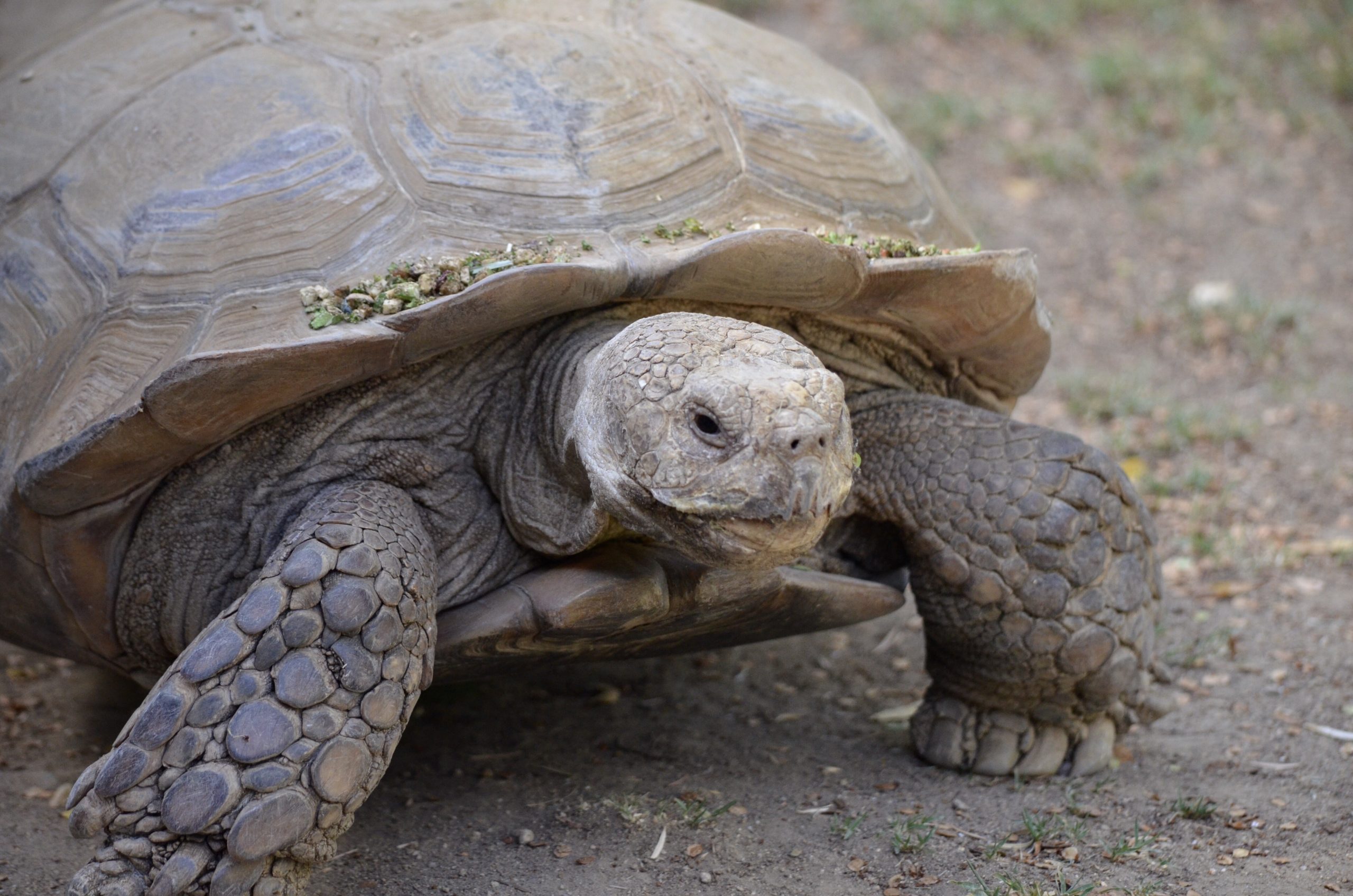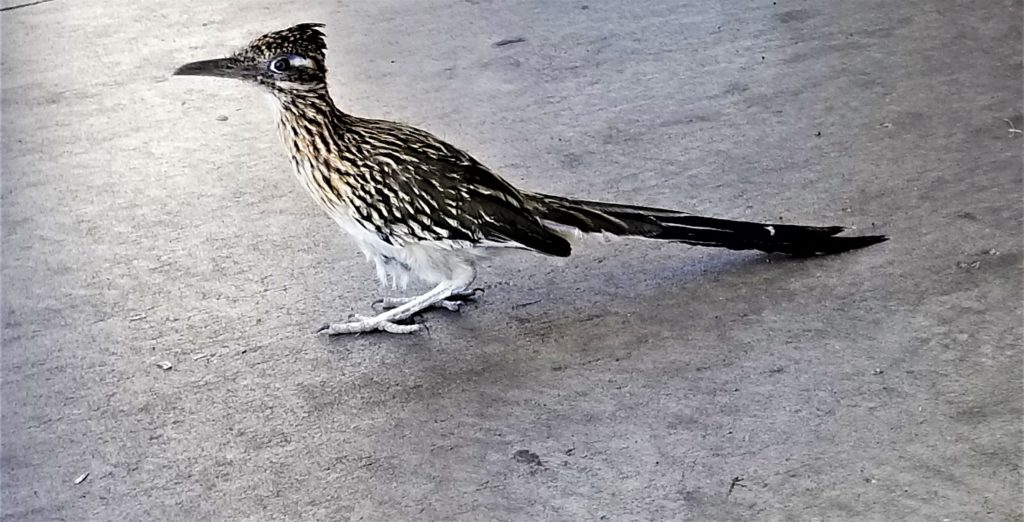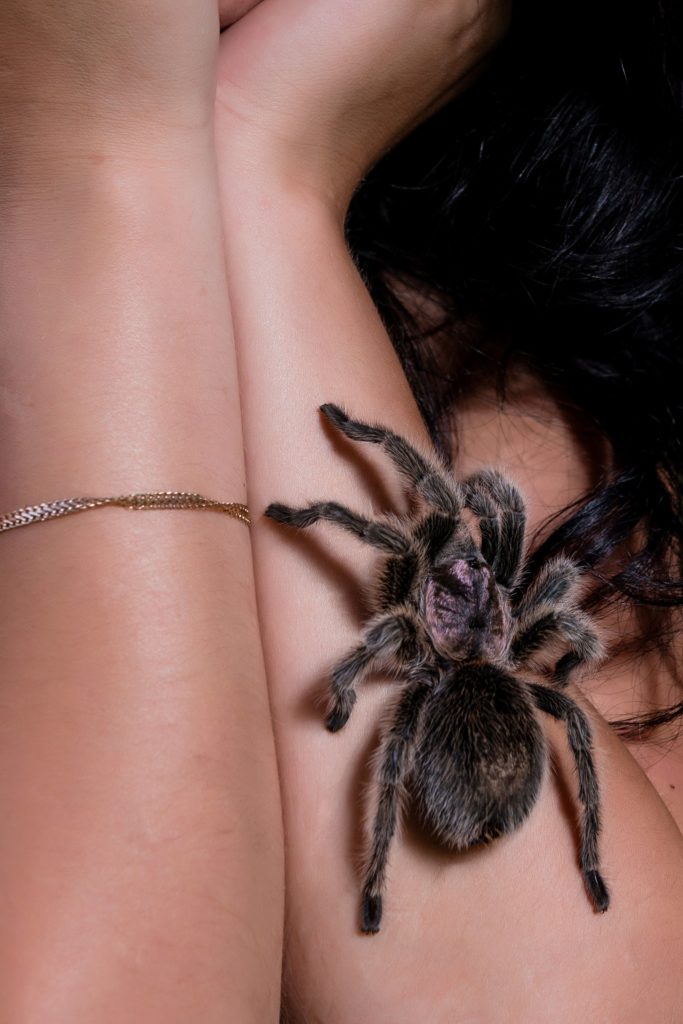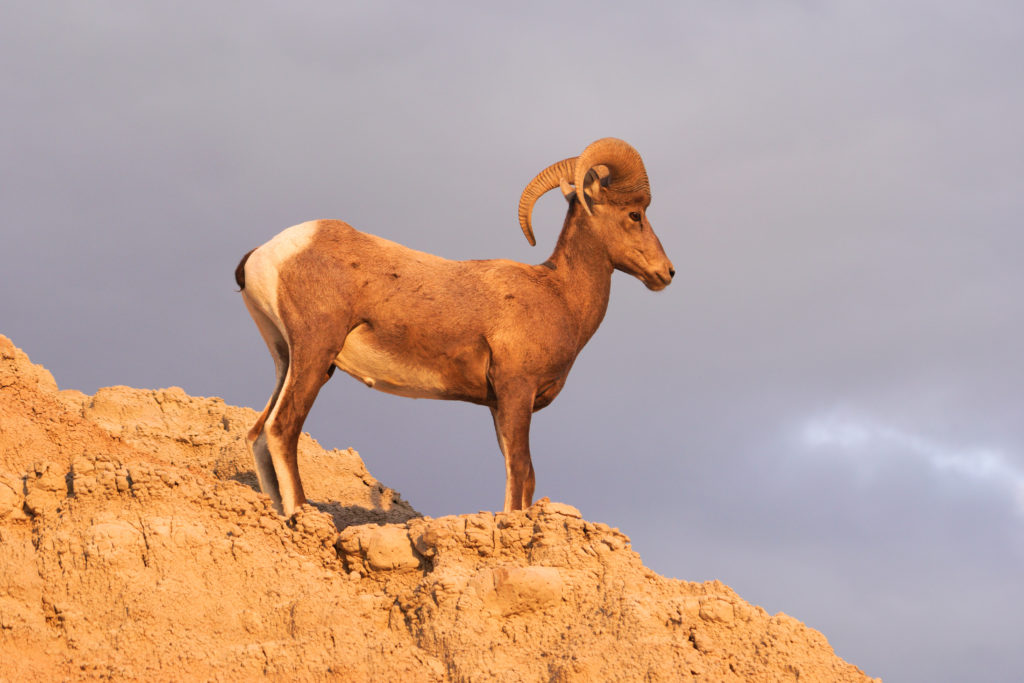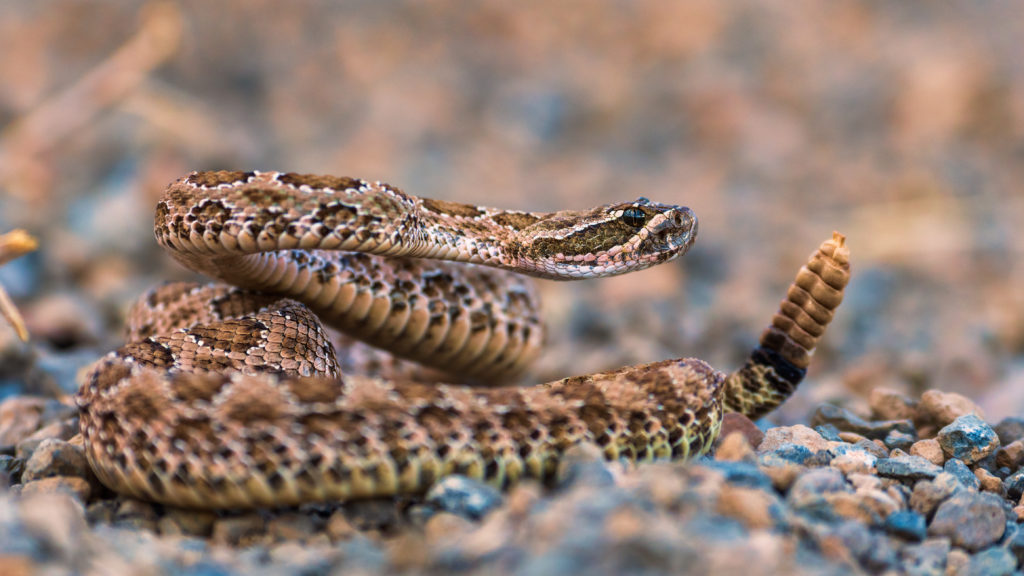In Palm Springs, the wildest creatures you’re bound to encounter will most likely be found around closing time on Palm Canyon Drive. But with the Coachella Valley serving as a sort of oasis from the surrounding desert, Palm Springs wildlife can happen. Even in your cozy neighborhood or just outside your boutique hotel room! We recently covered the type of wildlife Los Angeles residents are prone to encounter. It’s only fitting we do the same for the Coachella Valley neighborhoods we service! Sure, some of the area’s residents have gone decades without seeing any of these creatures. But they’re definitely out there!
Coachella Valley’s Feathered Friends
Greater Palm Springs wildlife boasts a diverse array of regionally specific bird life. The most popular among them is arguably the roadrunner. Being immortalized in animated form can have that effect. But the Looney Tunes take on the roadrunner is vastly different in appearance than Mother Nature’s original model. This agile member of the cuckoo family can regularly be found clocking speeds of 15mph without a beat of its wings. That’s right, roadrunners prefer to run. You can’t cite them for false advertising! Some have even been measured hitting speeds of 27mph! If you’re searching for roadrunners, they’re most commonly found around the desert dunes.
The burrowing owl is another interesting addition to the Greater Palm Springs wildlife. These owls have longer legs than their cousins and, as their name suggests, enjoy ground-based activities. While most owls are nocturnal, you can often find burrowing owls popping out of their tunnels at all hours in the area surrounding the Salton Sea. They often choose to roost in burrows left behind by rattlesnakes and ground squirrels.
If you’re lucky enough, you may catch a glimpse of a duo of North American golden eagles. These majestic birds of prey tend to hunt in pairs. While you’re not likely to get very close to a golden eagle, you may recognize one from afar by its seven foot wingspan.
Then, there are the tiny Gambel’s quails that travel about in groups called “coveys.” Gambel’s quails can be found all over the Coachella Valley and are often confused with the California quail. Since they can breed with California quails, they can also have hybrid chicks. But the chances are good that if you see a quail in Palm Springs, it’s a Gambel’s quail.
Desert Creepy Crawlies
The desert is host to insects and arachnids that are uniquely adapted to its unforgivingly arid climate. Yet, one of its most feared is harmless to humans. There are at least two tarantula species living in the Coachella Valley. These bulky, hairy additions to Palm Springs wildlife are seldom seen in the city, but it can happen. However, they typically pay people no mind, preferring to find the safety of a desert burrow. These nearly blind arachnids only bite humans in self defense and without enough venom to warrant a hospital visit. Therefore, if you see a tarantula, no matter how much your arachnophobia kicks in, it’s better to just leave them to their business. Tarantula mating season is in December, so you’re more likely to see them on the prowl around Christmas time.
One of the most troublesome intruders of native Palm Springs wildlife is the bark scorpion. With a sting that can be lethal to young children or the elderly, it’s fortunate that scorpions prefer to stay hidden. They tend to gravitate toward dank areas with little light and plenty of moisture. Therefore, the desert can be somewhat inhospitable for them. If you suspect a bark scorpion has made it into your home, you can find them easier by using a black light. For reasons still not yet fully understood, the scorpion’s exoskeleton is reactive to ultraviolet light.
Fierce and Fuzzy Greater Palm Springs Wildlife
When people ask about Palm Springs wildlife, they’re often most curious about the mammals. Some of the mammals you’d possibly find in Palm Springs were already covered in our guide to Los Angeles wildlife. Who could forget the near threatened mountain lion that stalks Coachella Valley canyons as an apex predator? Or the nocturnal packs of coyotes descending into the towns to sift through trash cans while hunting stray cats?
One of the most exciting mammals to look for when hiking for Palm Springs wildlife is the desert bighorn sheep. These regal creatures have adapted beautifully to the harsh desert terrain. They typically subsist on a diet of cacti which allows them to endure long periods without water. If you want to find desert bighorn sheep, your best bet is to visit the cliffs near Whitewater Preserve.
The Kangaroo Rat employs a similar means of desert survival. These adorable rodents sate their thirst with a diet of seeds that finds them rarely needing water. With external pouches at their cheeks, a resourceful kangaroo rat can carry enough seeds to go their whole life without drinking water. As one of the most hunted mammals in the Coachella Valley, their acute hearing often protects them from predatory Palm Springs wildlife. They can even hear the beating wings of an approaching owl! But what most distinguishes this rodent is its powerful legs. The average kangaroo rat can leap nine feet upwards and six feet across!
Scales and Tails
Last but not least, we have the Palm Springs areas’ reptile community. As its name suggests, the Coachella Valley fringe-toed lizard is a Coachella Valley exclusive. The habitat of this close cousin of the Colorado Desert fringe-toed lizard is quite fragile. Currently, over 75% of the windblown sandy environment these lizards need has been destroyed by human development. Because of this, the Coachella Valley fringe-toed lizard is considered an endangered species. If you’d like to see these shy reptiles for yourself, we recommend checking the Thousand Palms Oasis Preserve.
A reptile that you shouldn’t go out of your way to find is the rattlesnake. Greater Palm Springs wildlife boasts up to six types of rattlesnakes. Among them is the Mojave Green Rattlesnake which produces the most potent rattlesnake venom in the world. Rattler bites can be lethal, so it’s important to give them plenty of space should you encounter one. We’re actually in the midst of peak rattler season right now. It runs from May 15th to June 15th, so be extra wary on those trails!
One of the most iconic regional reptiles, the desert tortoise, rarely makes its way into the city. These slow-and-steady stars of Greater Palm Springs wildlife can be found throughout the surrounding desert terrain. They are currently listed as “vulnerable”, meaning you can admire them from afar but no touching! Desert tortoises spend the majority of their lives underground. They survive the arid climate by gorging on vegetation during the spring and using their body’s natural fat and water storage to pull them through the year.
Safety First… for Everyone
It’s fun to acquaint yourself with Greater Palm Springs wildlife as long as you are observing proper safety. And we mean for the animals as well as yourself. The Palm Springs Animal Shelter has compiled some helpful resources here should you stumble upon an injured animal friend.

